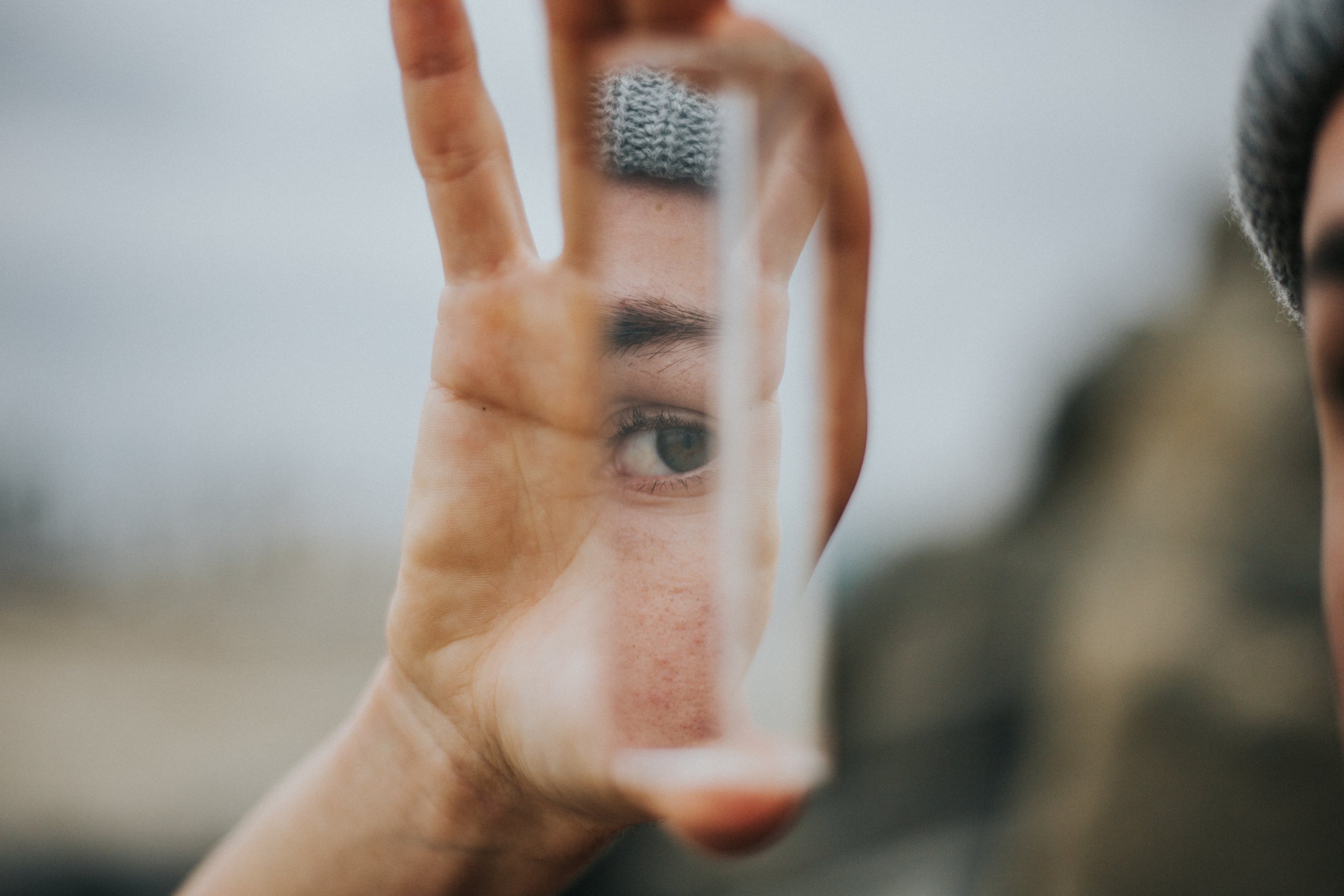How to Overcome Exercise Resistance and Become Joyfully Active
by Dr. Karin Kratina
Published in Gainesville Today
Have you ever started an exercise program only to find you quickly lose interest?
Do you ever feel irritated when you hear you should be exercising?
Or feel guilty?
Do you quit exercising when the pounds quit dropping off?
Despite the well-known health benefits of regular exercise, less than 20% of Americans exercise on a regular basis. Logically, it seems that if a person knows what and how much to do, and understands why it is needed, she or he will “just do it.”
Sure we start out motivated. Some like it and continue. Others will dislike it, even hate it, but do it anyway. After all, we are supposed to exercise.
The majority, however, will experience it as joyless drudgery. They soon quit. They believe they are too lazy, not committed, or did not prioritize their lives effectively.
Many view “exercise resistance” as a behavioral problem or worse, a character flaw, believing a focus on education, motivation and other behavioral strategies will get us moving.
However, if you are exercise resistant, if you have a conscious or unconscious block against becoming physically active, these strategies will not work for you. In fact, we know that certain ways of thinking about exercise are likely to bring on exercise resistance and end with frustration and disappointment, for instance, when exercise is:
Used as a way to lose weight or become more attractive
Used as an external measure of self-worth, as something that reflects an individual’s inner character;
Used as punishment for overeating or not sticking to a diet.
Started for externalized reasons (“I should do it for my health,” “My partner wants me to”).
Becoming Joyfully Active
You will be much more likely to become active if you focus on pleasure, nurturance, self- fulfillment, social and psychological benefits, energy boosts and/or a sense of self-mastery.
We are all born with a “hunger for movement.” As infants and children we delighted in squirming, exploring, throwing, and tumbling. We ran, jumped, skipped, threw balls and invented games just to be able to move. Even when sitting still we squirmed.
Children are not self-conscious about the way they look, their weight, or whether they are doing it “right.” They move and play because it feels good and is fun.
We still have that hunger for movement. Given the right circumstances, all people will engage in physical activity. But they will do so according to their own rhythm, longing, interests, and inspirations. They will move based on their body’s messages (want to swim versus run; yoga versus walk; more energy today, rest tomorrow).
Every living thing exults in its ability to move and play. Consider the dolphin jumping gracefully by the bow of the boat, your dog giddy with anticipation when you reach for his leash, or a group of people, uninhibited, with rhythmic music on, who naturally move their bodies.
Welcoming Joyful Movement in Your Life
In the beginning, you may need to give yourself full and complete permission to NOT exercise— acknowledge that all your years of trying to exercise have not got you moving. You’re not going to exercise ever again—breathe a sigh of relief at that! Now smile and tell yourself that you’re going to go outside and play whenever you want!
Open yourself to the possibility of joyful movement in your own life. Consider activities that you might enjoy doing just for fun.
Next time you are around children, watch as they have fun. What is the difference between what they’re doing and what adults do when they exercise? Consider what you might do if you simply loved to move your body.
Begin exploring exactly what you would enjoy doing.
Go for a swim, do a wild dance, bat a tennis ball back and forth, bowl, play catch with a friend. Walk the dog.
Take an extra spin around the mall when shopping, take a dance class, play with the children, rake leaves, make love, or sign up for a Saturday kayak tour!
Go have fun! Enlist a friend if you want.
Pay attention to how it feels to move your body, in play. The goal is to increase your awareness of joy in movement.
Many have never experienced, as an adult, the pleasure and sense of self-mastery that can come with moving.
Reconnecting with this core experience will help you form a new vision for your relationship with physical activity.












